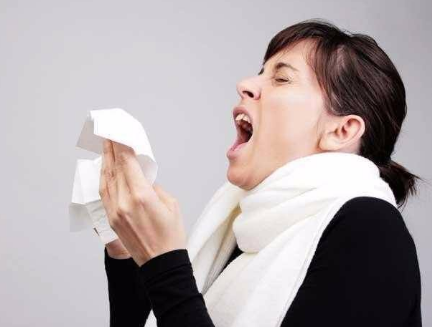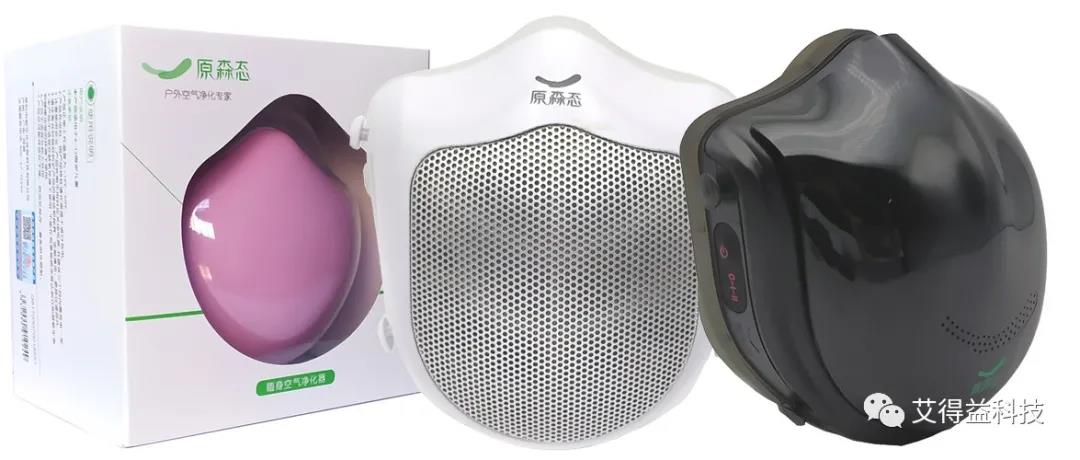Allergic rhinitis (AR) is a chronic inflammatory disease of nasal mucosa, which is mediated by IgE after allergic individuals contact with allergens. It is mainly characterized by histamine release and a variety of immunocompetent cells and cytokines. It is characterized by nasal itching, sneezing, hypersecretion and swelling of nasal mucosa. Although allergic rhinitis is not a serious disease, it can affect the daily life, study and work efficiency of patients, and cause a heavy economic burden. It can induce bronchial asthma, sinusitis, nasal polyps, otitis media, or occur simultaneously with allergic conjunctivitis.
Allergic rhinitis is a multifactorial disease caused by the interaction of gene and environment. Genetic studies show that allergic rhinitis is a complex polygenic genetic disease, and environmental factors mainly refer to various allergens existing in human living environment.

Genetic factors
Allergic disease is a chronic development process, which is related to heredity. From a clinical point of view, patients with allergic rhinitis often have obvious family history. In addition, this genetic phenomenon is more obvious in single fertilized twins than in double fertilized twins, and children with certain genes may be particularly sensitive.
environmental factor
Air pollution, outdoor pollution mainly comes from motor vehicles and air pollution components, such as ozone, nitrogen oxides and SO2. Indoor pollution mainly includes formaldehyde, toluene, etc.
The increase of infectious factors, namely allergic diseases, is the result of the decrease of infectious diseases. The theoretical basis is that the T infection is activated by the infection of bacteria or the bacteria, which can stimulate the reaction of type 1 cells, thus producing a reaction to inhibit Th2, and reduce the incidence rate of allergic diseases and asthma. In addition, it has been reported that virus infection can produce a similar effect.
epidemiology
Allergic rhinitis is a common chronic inflammation of upper respiratory tract, and its prevalence is high in the world. Most of the cases were children and young adults, and there was no significant difference between male and female. According to the data released by who in recent years, there are about 500 million people suffering from this disease in the world, among which the prevalence rate in Western Europe, northern Europe, North America and other developed regions is the highest, generally between 12% and 30%. In the 19th century and the early 20th century, there were reports of regional prevalence in China, ranging from 0.5% to 1.5%. Many published multicenter epidemiological reports show that the risk of asthma in patients with allergic rhinitis is 3-5 times higher than that in patients without history of rhinitis.
Typical symptoms
Perennial allergic rhinitis
The onset time is long, and it lasts more than 9 months. The persistent allergens in the room can induce allergic reactions. The severity of symptoms is different in a year. Sneezing is a reflex action, showing paroxysmal attacks, ranging from several to dozens at a time, mostly in the morning, at night or after contact with allergens. Nasal discharge is a large amount of clear water like nasal discharge, which is a characteristic manifestation of hypersecretion.
Seasonal allergic rhinitis
The disease begins every pollen season, and the disease season is basically the same every year. Nasal itching is a special sensation that occurs locally after stimulation of sensory nerve endings in nasal mucosa. Seasonal rhinitis can be accompanied by eye itching, ear itching, throat itching, etc. The degree of nasal obstruction varies, intermittent or persistent, unilateral, bilateral or bilateral alternately. Nasal discharge is a large amount of clear water like nasal discharge, which is a characteristic manifestation of hypersecretion.
The prevention of allergic rhinitis should be considered from two aspects: body constitution and environmental factors
First, their own constitution, their own constitution first to avoid obvious changes in the immune state, such as a bad cold, infectious diseases, overwork or malnutrition will occur changes in the immune system, in this case there will be immune disorders, the risk of allergic rhinitis will increase.
Second, environmental factors. When you are in a confined space full of allergens for a long time, there are more dust, mites and catkins than at home, the risk of allergic diseases will be increased; some patients keep pets for a long time, and there are more animal fur in the air, which may lead to allergic diseases; some patients are allergic to grass or pollen, and may also lead to allergic rhinitis.

Therefore, to prevent allergic rhinitis, we need to start from these two aspects, through regulating the autoimmune system and paying attention to environmental factors, to prevent allergic rhinitis
One is to wear a mask when going out. It's better to wear a mask that can prevent PM2.5. The intelligent electric mask produced by aiyili technology uses four layers of activated carbon filtration and kn95 grade standard, so the electric air supply will not be stuffy. Silicone comfortable fit face, 360 degree all-round protection;
Secondly, the covers and sheets should be cleaned and ventilated for a long time. Please use the air purifier indoors. The intelligent ashtray purifier produced by Aiyi technology, the portable charging mode and the portable small air purifier can purify the second-hand smoke, dust and PM2.5,
Third, patients with severe pollen should try not to go out in spring and autumn. Please wear smart electric masks with better protection when going out.